Aegina is often called the "island of the next door", something very apt considering how close it is to Athens. A place that played a huge role in the history of modern Greece. Full of picturesque fishing villages, historic sights, archaeological monuments, small taverns and a "different" atmosphere, which make the second largest island of the Saronic Gulf ideal for visiting all seasons of the year.
A few words about the island
Aegina is an island in the Saronic Gulf, surrounded by Agistri, Methana, Troizina, Poros and the coast of mainland Attica. In fact, it is the second largest in area (87 km2), population (13.552 inhabitants) and development island of the Argosaronic Gulf, after Salamis. Aegina is the capital and the main port of the island, as well as the place where most of its inhabitants live. In ancient times it was a settlement center of Peloponnesians, Aegeans and Myrmidons, while it has been remembered as the first capital of Greece. Underneath I have selected for you, what I think should be seen by someone who visits the island for the first time.
10) Ancient Olive Grove
The ancient olive grove of Aegina is the hidden treasure of the area. It is located at the foot of Mount Ellanio and is considered an ancient settlement, which is also evidenced by the many ruins of ancient houses that exist there. At this point you will be able to see centuries-old olive trees, more than 500 years old, whose trunks exceed 10 meters in perimeter. To reach the Olive Grove, however, you will need the help of a local. The road leading there is in bad condition, as a result of which you have to use demanding paths that are not widely known.
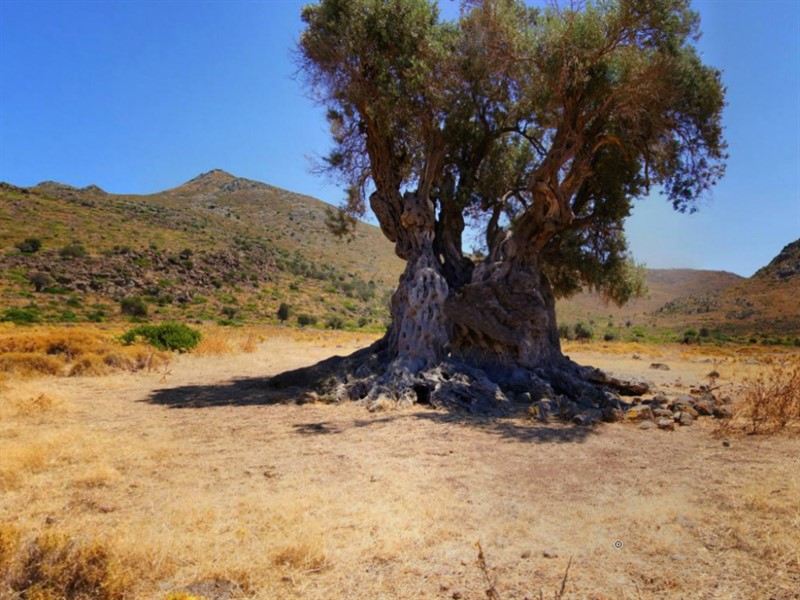
9) Kazantzakis House
Few people know that Nikos Kazantzakis, this great writer, journalist, politician, musician, poet and philosopher had lived much of his life in Aegina. On the island you can find his permanent residence from 1936 to 1944, when he moved to Athens. His house may not be open to the public, but it is worth seeing this neoclassical diamond even from the outside. It is located in the area of Livadi and in order to reach it one must follow the coastal road to Souvala.
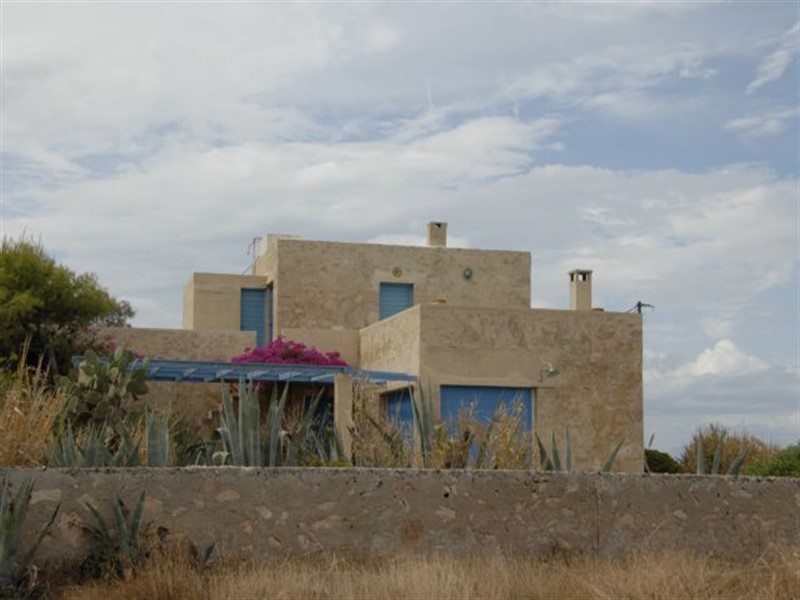
8) Palaiochora
Palaiochora, known as "Mystras of Aegina", is located on the hill opposite the Monastery of Agios Nektarios and was the medieval capital of the island. It was constructed about 896AD from Aegeans and was the refuge of the inhabitants from the Saracen pirates. The hill was full of life and full of churches, 365 in fact, one for every day of the year. But in 1537 AD, the settlement was partially destroyed by the notorious pirate Barbarossa, and was finished in 1654 AD from the Venetians. Today there are only a few churches left (35) and a few ancient buildings, but it is worth visiting to see the culture of the time and the impressive view it gives.
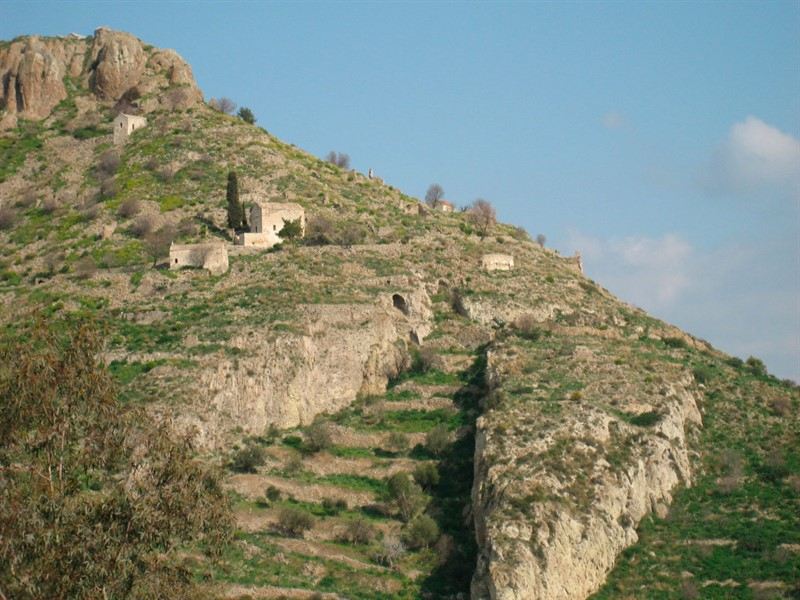
7) Kapodistrian Buildings
Ioannis Kapodistrias, as governor of Greece during the so-called "transition period", is the one responsible for many of the historic buildings of Aegina. This is why they are popularly known as Kapodistrian buildings. The most important of these are the Orphanage, the Governorate, the Eynardeio School, the Municipal Theater and the Diocese of Aegina.
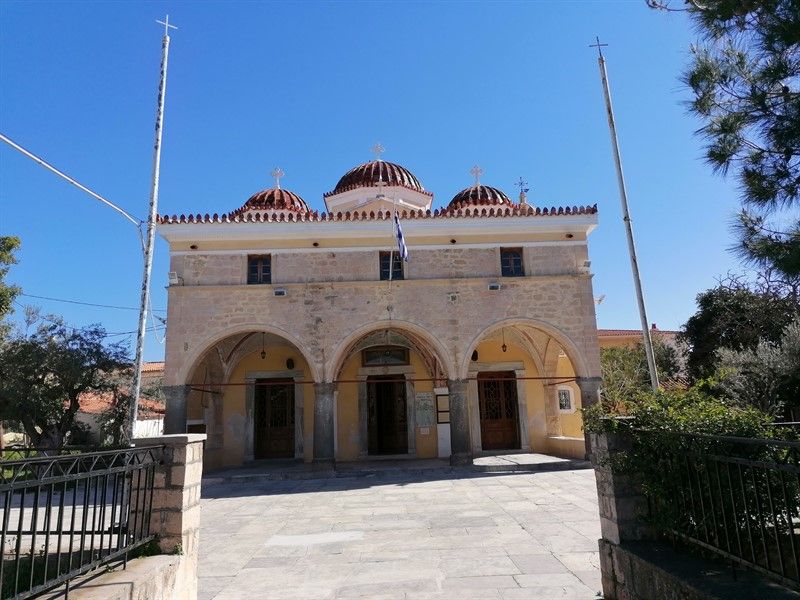
The Orphanage was the first public building constructed on the island (1828) and obviously housed the orphans of the area, while later it was used as an Evelpidon School, a pestilence, a mental hospital and finally a security prison. It currently remains inactive. On the other hand, the Governorate is of historical importance, as the first government of Greece met there. It was moreover the home of Kapodistrias, asylum for the refugees of the Cretan Revolution, a girl’s school, a high school, a command post during the 2nd World War and perhaps a mint. It is currently under reconstruction. On the ground floor there is also the Municipal Library of Aegina. Still, the Eynardeio Teaching School (1830), was the place where teachers were prepared to be ready to teach in schools, later housed for a time, the National Library, the Schoolhouse and the Archaeological Museum. Very close is the Municipal Theater, which had about the same use. It seems to have existed before the Kapodistrian era for use that we do not know exactly, but in the form we see it today it definitely belongs to that era. Today the first remains inactive, while the second houses the Municipal Theater of Aegina. Ultimately, the Diocese is the first Cathedral of free Greece. It was erected in 1806 and is dedicated to the Assumption of the Virgin Mary, to Saint Dionysios Patron Saint of Aegina and to Saint John. During the Kapodistrian era it served as a Bouleuterion during the years 1827 - 1828.
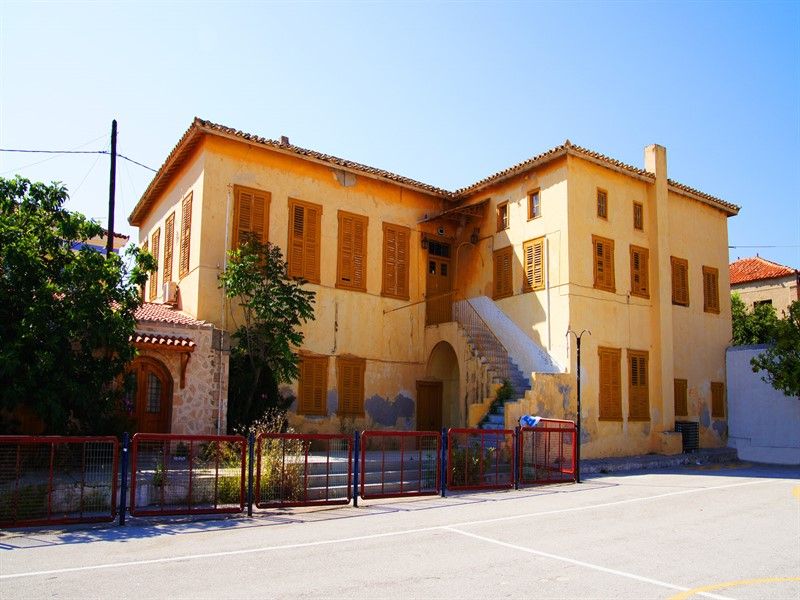
6) Mount Ellanio
Mount Ellanio is the highest peak of Aegina, which reaches a height of 532 meters. This point is ideal for hiking and climbing, while the view from there is dazzling, since when the atmosphere is clear the whole of the Saronic Gulf can be seen! In fact, if you choose the time when the sun sets, you will be faced with a unique experience. At the top of the mountain is the church of Prophet Elias (Ascension), while in the past there was an altar dedicated to Zeus. According to mythology, the king of Aegina, Aiakos, in a period of intense drought for the island, asked the rainmaker Zeus to send rain and after listening to his request, built a sanctuary in his honor. The climb is difficult, but definitely worth it.
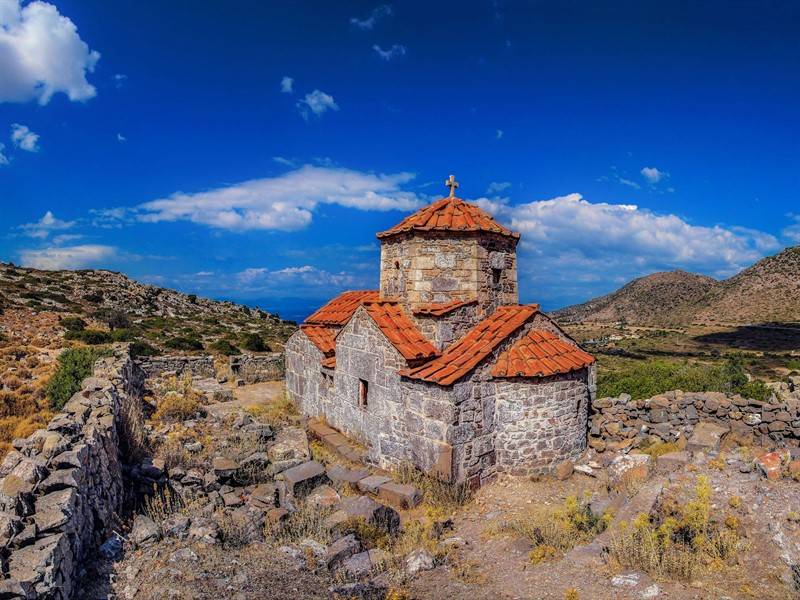
5) Marcellus Tower
The impressive Red Tower of Marcellus is located in the city of Aegina and is one of the most important sights of the island. It dates back to the 17th century and is considered to have been part of a fortification for the protection of the port, as well as a Venetian Observatory. The name and its present appearance took after the renovation of the fighter of the Revolution and later MP, Spyridon Markellou. But what makes it so important for Aegina and the whole country, is the fact that during the revolution of 1821, the Anti-Government Committee was installed there, when the government was transferred to Aegina. It was then used as the fund of the Greek state, and today it houses the Kapodistrian Cultural Center of the municipality.
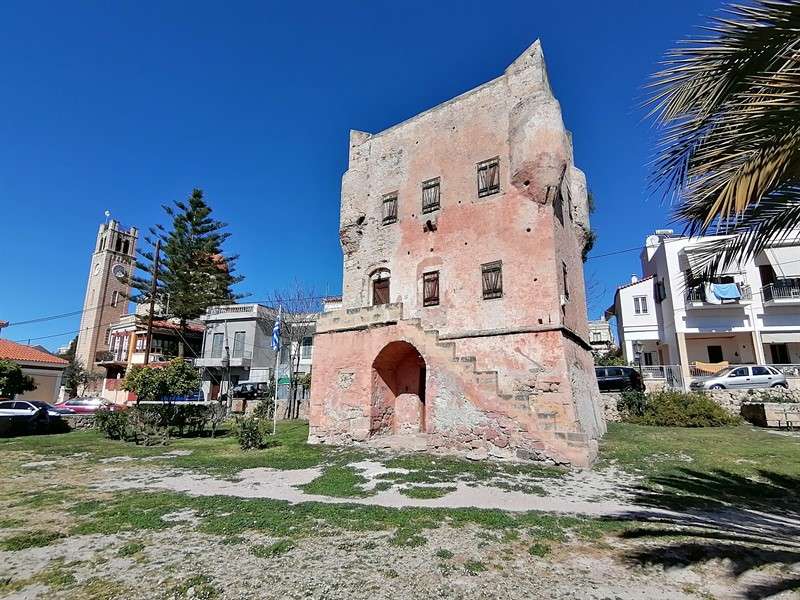
4) Temple of Apollo-Archaeological Museum
A few meters from the chief port of Aegina we find one of the most powerful images that pique the visitor's interest, the "Column". These are essentially the remains of a temple dedicated to the god Apollo. This particular teple was of Doric style and was built in 520 - 500 BC, while it was closed by decree of the emperor Constantine in 354 AD and was demolished by decree of Theodosius in 381 AD. Unfortunately, only two columns were not destroyed then, with one being destroyed by lightning in 1930. The only one that has remained is visitable and has even given its name to the wider area.
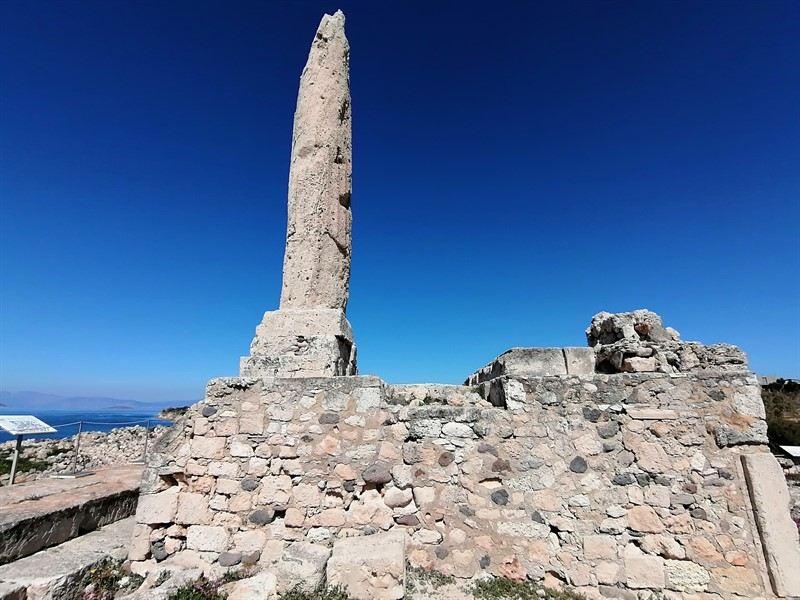
Finds of the Temple of Apollo are on display at the Archaeological Museum of Aegina, just below. The Museum was founded in 1828 by Ioannis Kapodistrias, and today is housed in a privately owned building, donated by Bavarian archaeologists. In addition to the findings of the temple, it also houses a collection of ancient jewelry, ceramics and sculpture, coins, weapons and bronze vessels with the most important exhibit being the statue of the Sphinx. Admission is free.
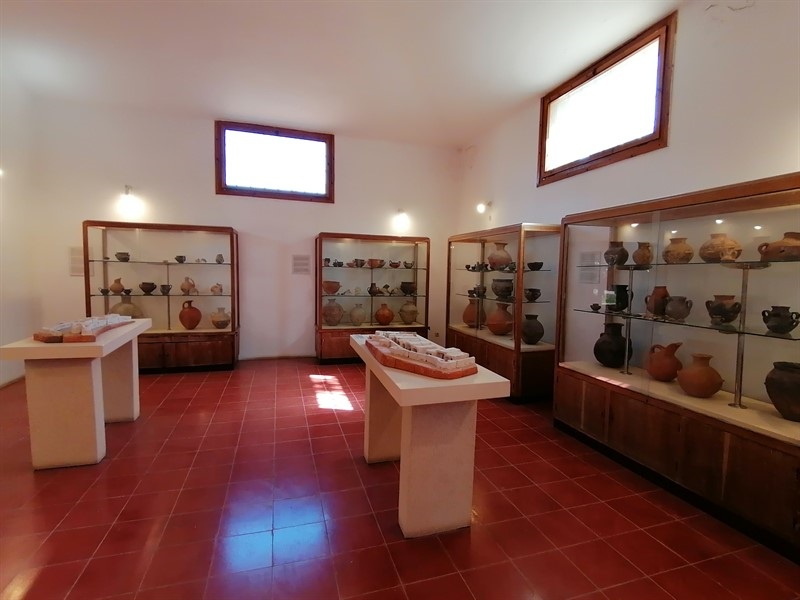
3) Perdika-Moni
In the southwestern part of the island, we find the town of Perdika. This is a picturesque fishing village, made from postcards, combining simplicity with grandeur. Narrow streets and white houses, a paved beach, full of cafes and fish taverns will make you believe that you are in the Cyclades. It also has a small harbor, from which the boats (Lanches) leave to the island Moni.

And of course being on Perdika, it is unthinkable not to take one of these boats to see this unique islet. The island of Moni belongs, as its name testifies, to a monastery and is not inhabited. But it has a lovely organized beach, with a beach bar and sun loungers. This is why it attracts thousands of foreign and Greek tourists every year.
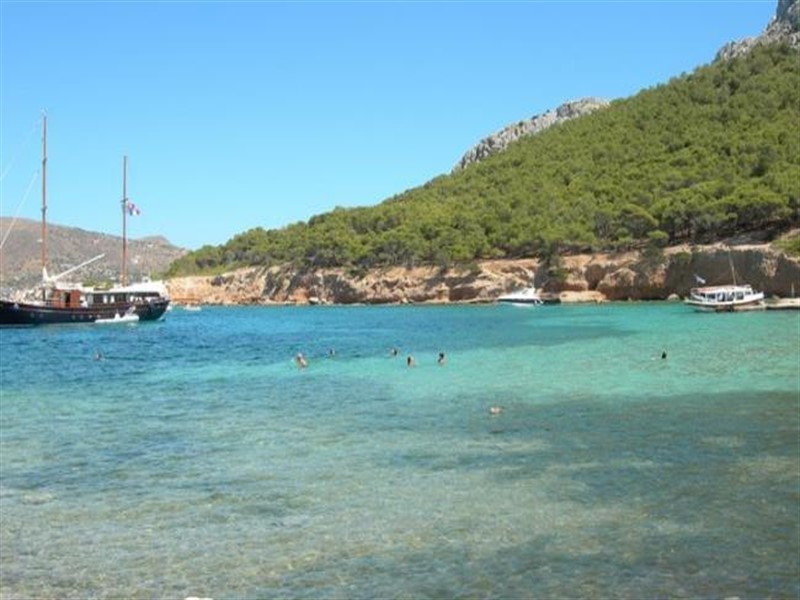
2) Temple of Aphaia
The temple of Aphaia is perhaps the most recognizable attraction of Aegina. It is a sanctuary dedicated to the homonymous deity, located at a height of 160 meters and about 29 kilometers southwest of the Acropolis of Athens! It is believed that it was built between 500-490 BC, but at the exact same point it seems that there were older temples from prehistoric times. The temple of Aphaia is surrounded by pine trees, and the view from there is breathtaking. Next to the temple there is the Museum of Aphaia, where the findings of the temple are exhibited, while very close there are also the monastery of St. Minas and of course the city of St. Marina.
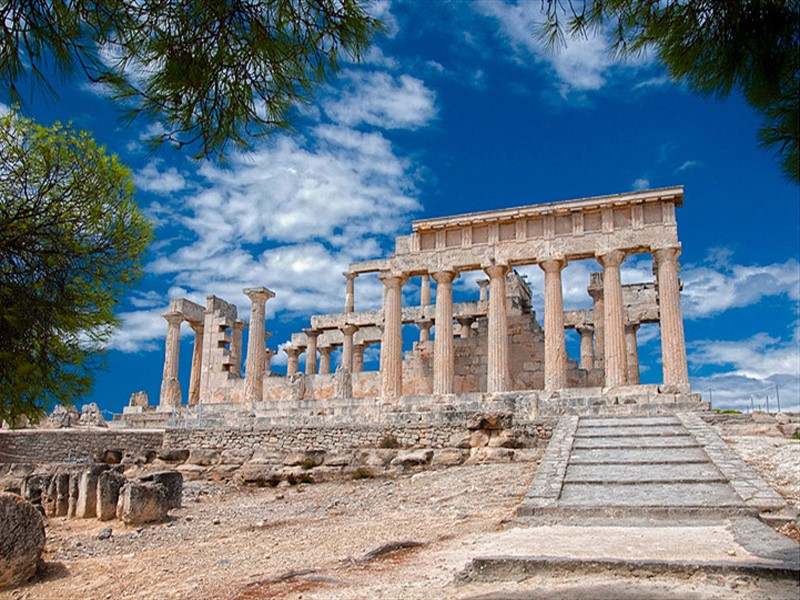
1) Saint Nektarios
At the top of the list, we find the monastery of St. Nektarios. It is a beautiful monastery, which is one of the largest Orthodox churches in the Balkans and is considered miraculous. It is obviously dedicated to Saint Nektarios himself or Nektarios of Pentapolis or Nektarios of Aegina (October 1, 1846 - November 9, 1920), who is believed to have performed miracles while still alive! The church today has two tall spires and four rows of windows (with the characteristic red arch) for the canopy, while 14 nuns reside in the convent.
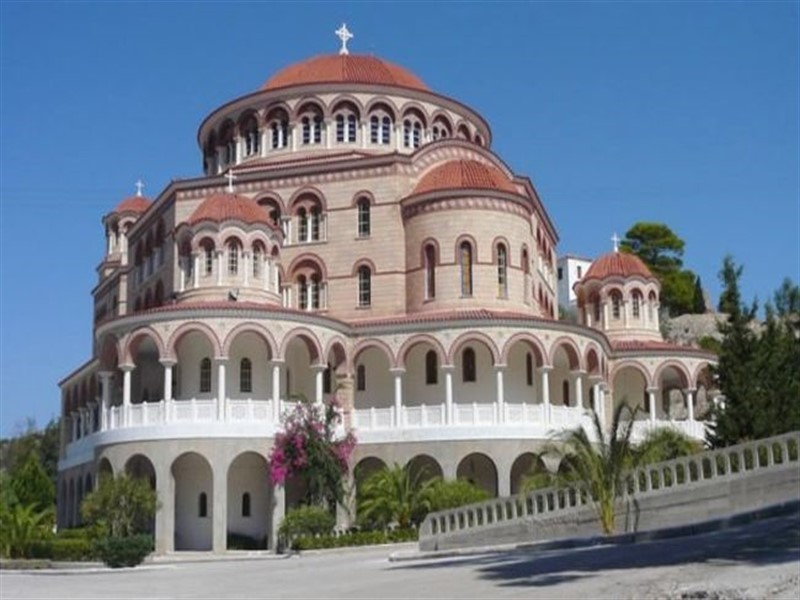
How to go
To reach Aegina you must take a ferry from the port of Piraeus. Several ships make this route, with tickets starting from 8e! The first ship leaves at 08:20 while the last from the island at 18:15!
What to eat
I think you already know what to eat. The famous pistachio of Aegina is known all over the world, and you will find it everywhere on the island. In addition to the original nut, you will find the pistachio in many variations, such as peanut butter, liqueur and more. To understand the importance of this product for the island, it is enough to consider that there is a special festival in its honor. FistikiFest, which takes place on one of the first weekends of September. In terms of where to eat, the options are many. For breakfast, brunch or coffee I recommend Remvi, for seafood try Pelaisos, for meat Sti Foufou, while the traditional tavern Agora is also very good.
If this article seemed interesting or contributed to your quality information, then you can like my facebook page: o_thessalonikios or follow me on instagram!
Mouzakidis Pantelis









